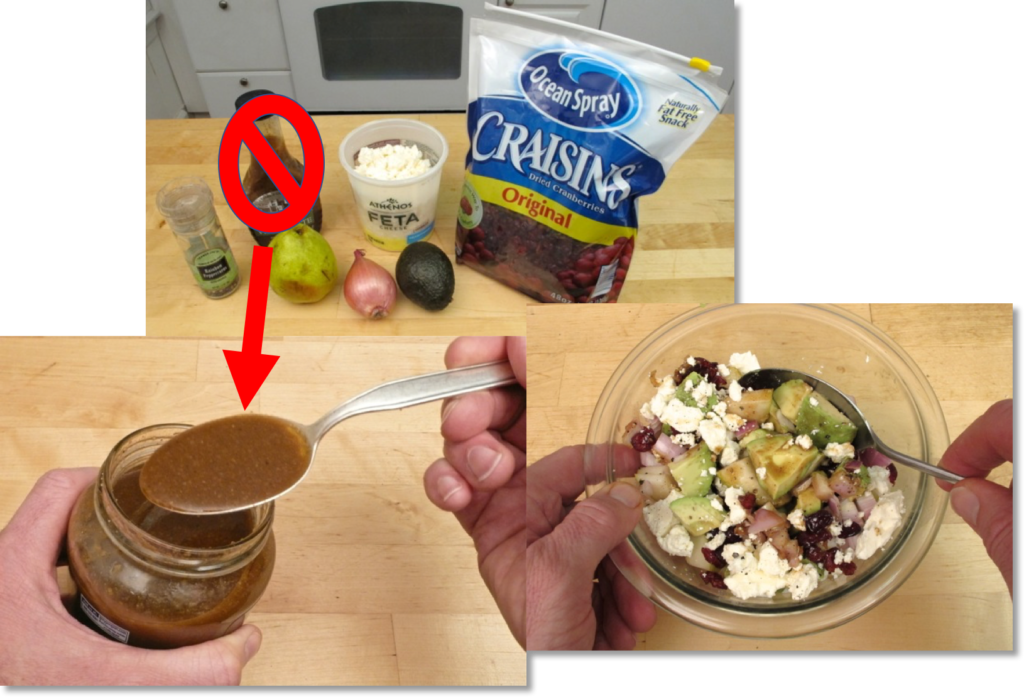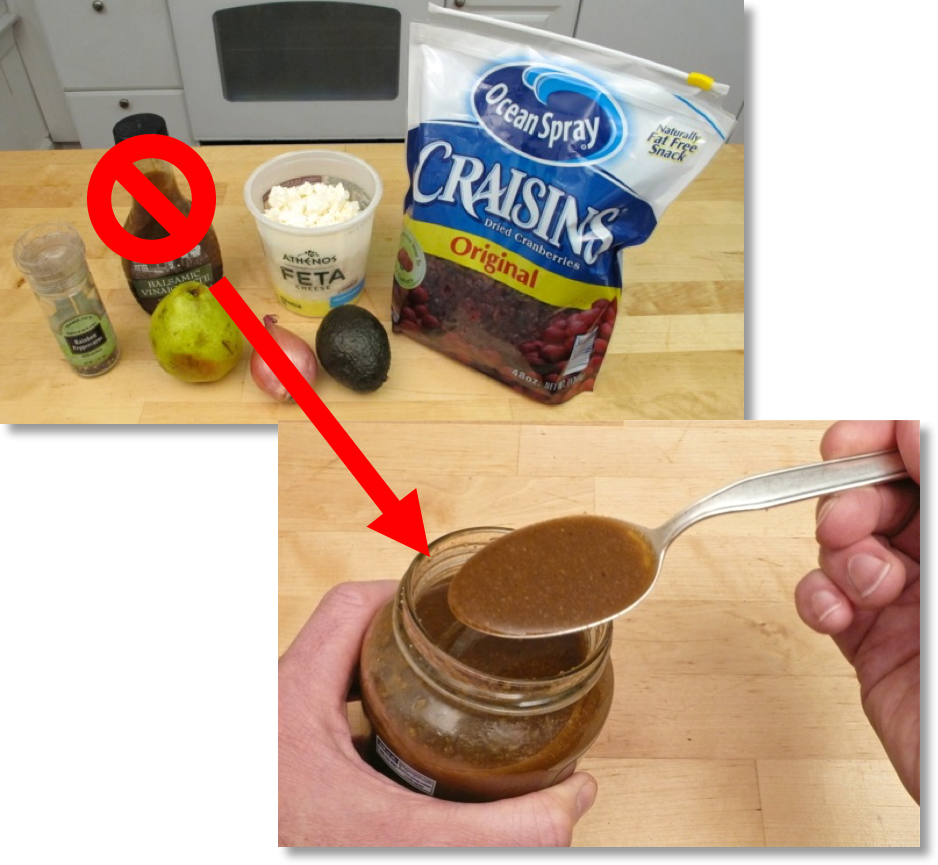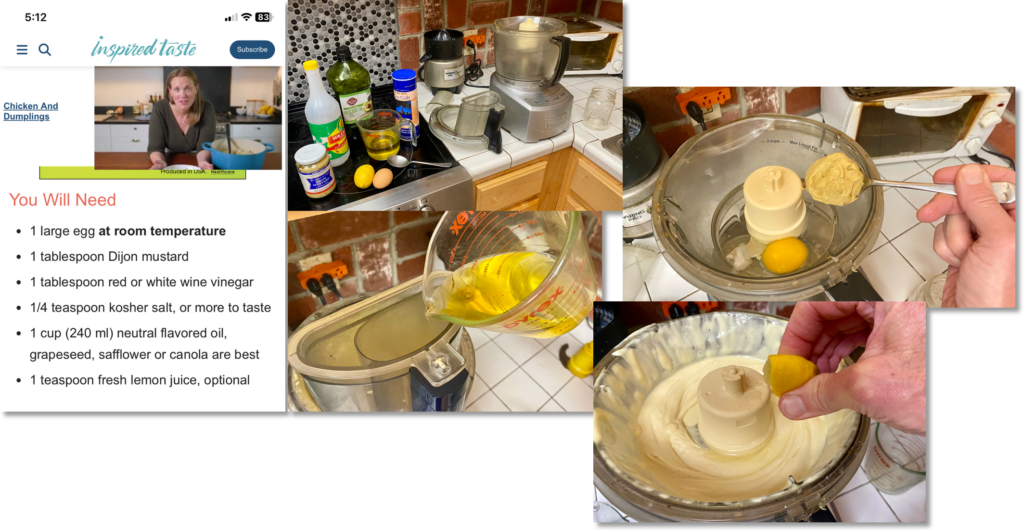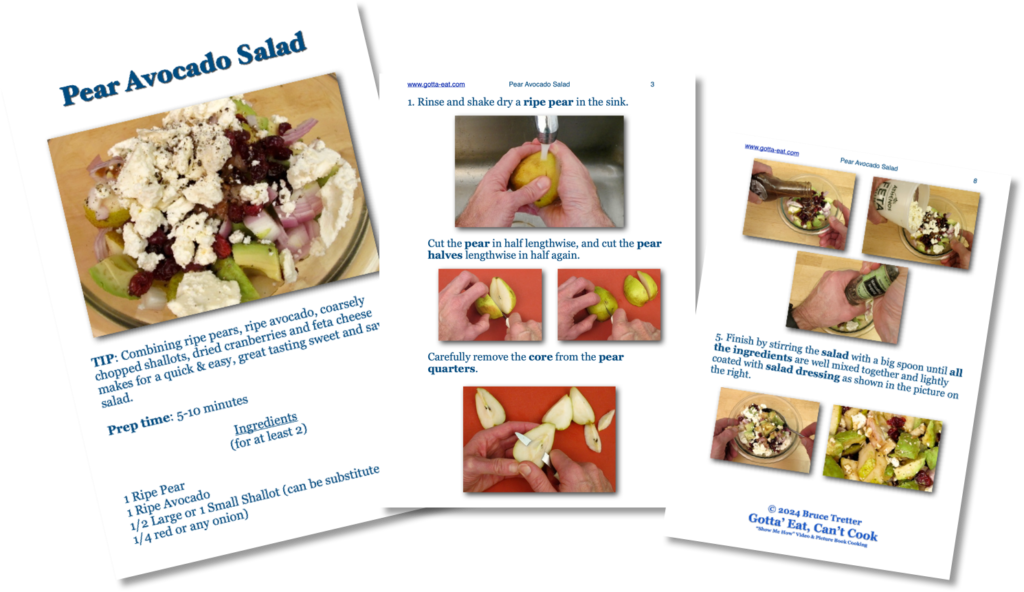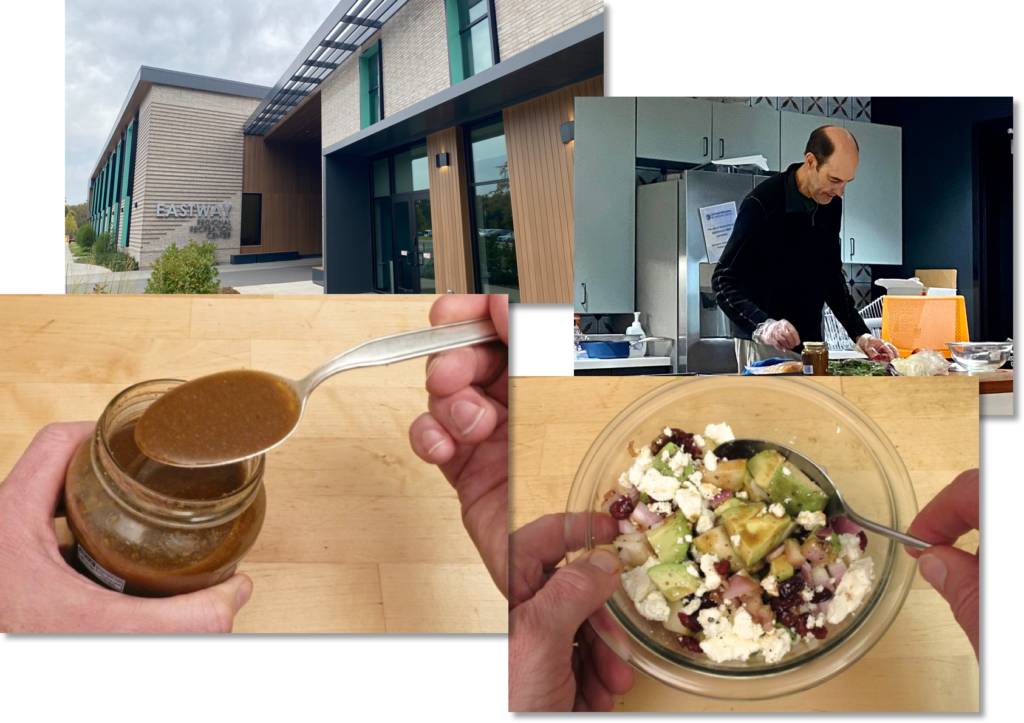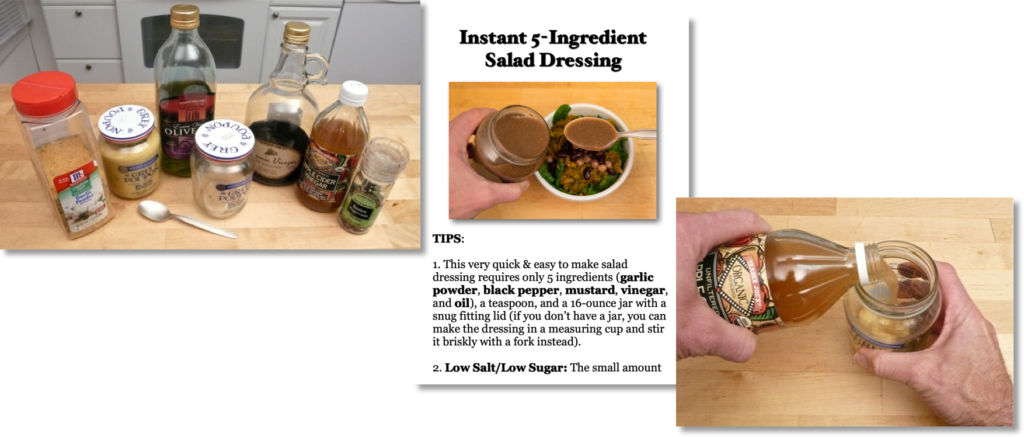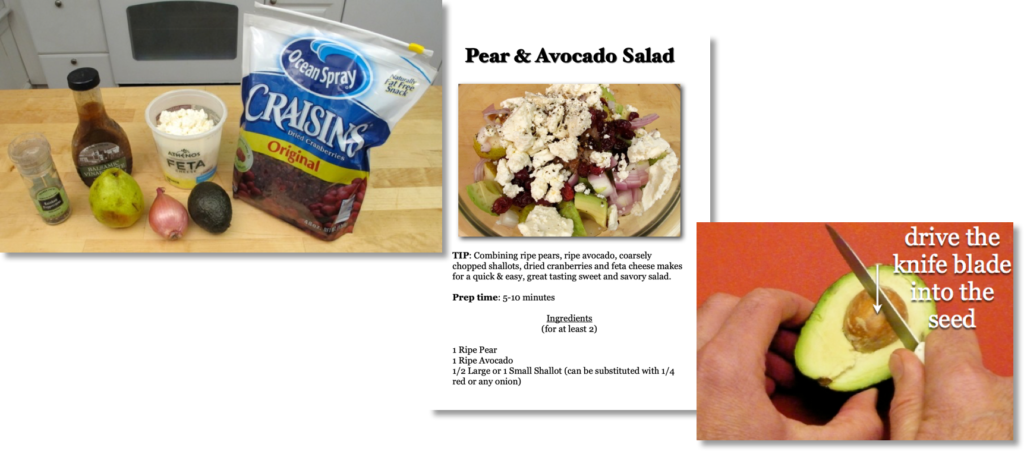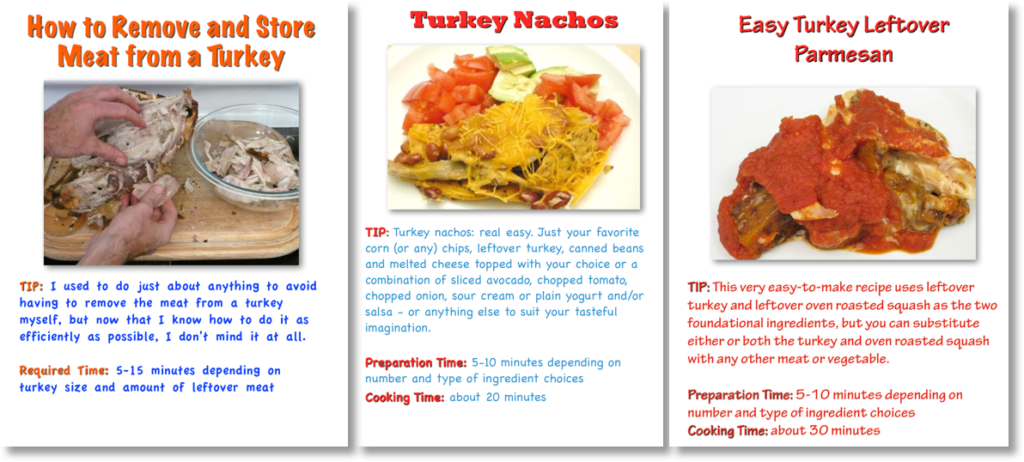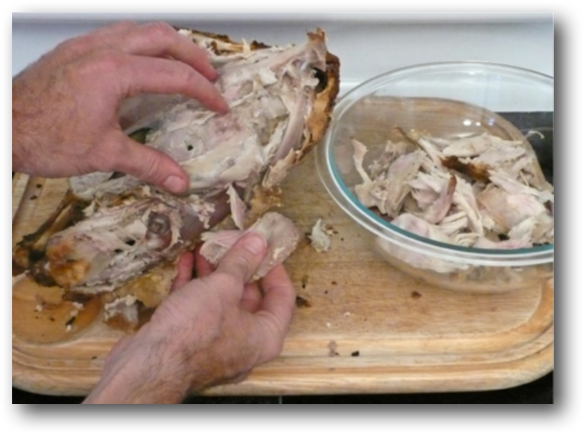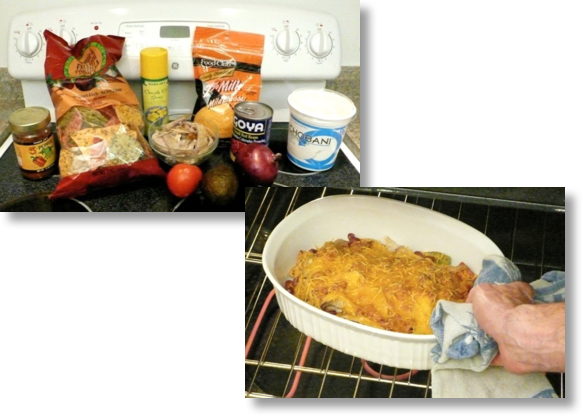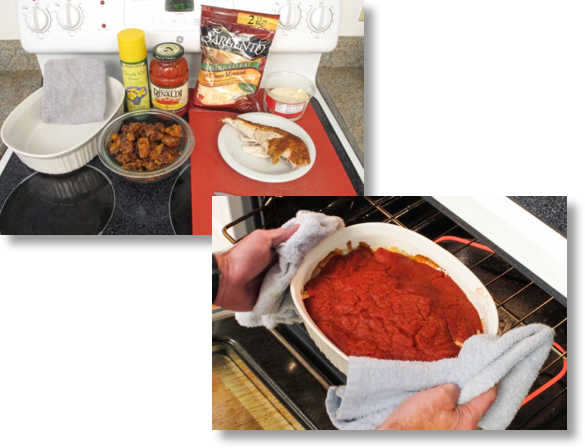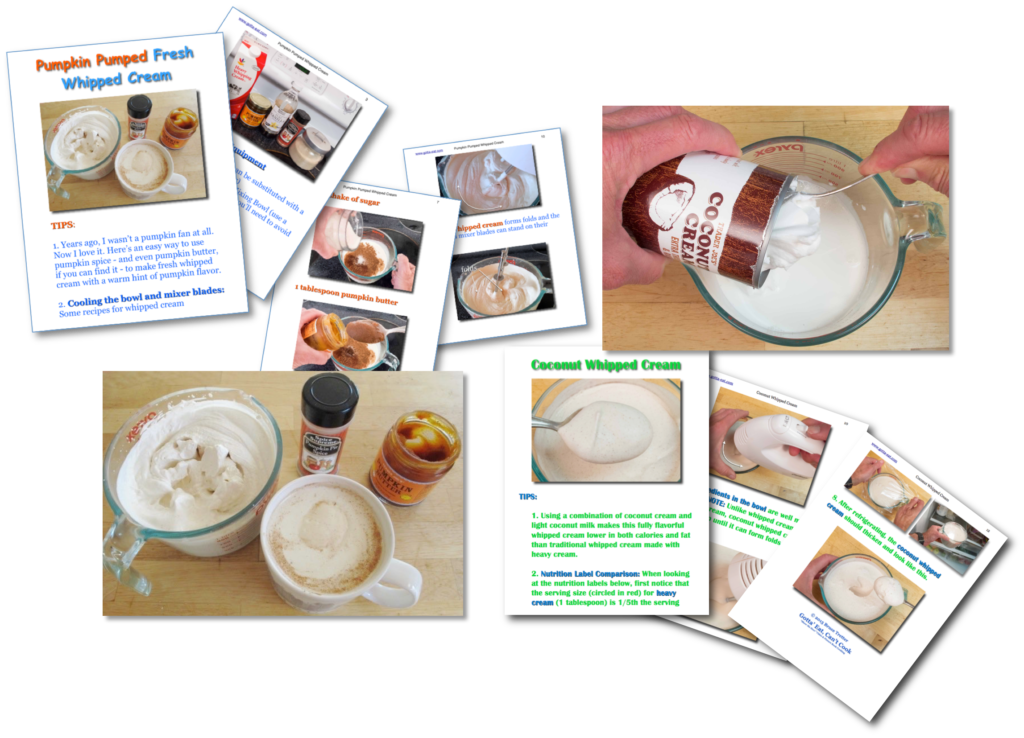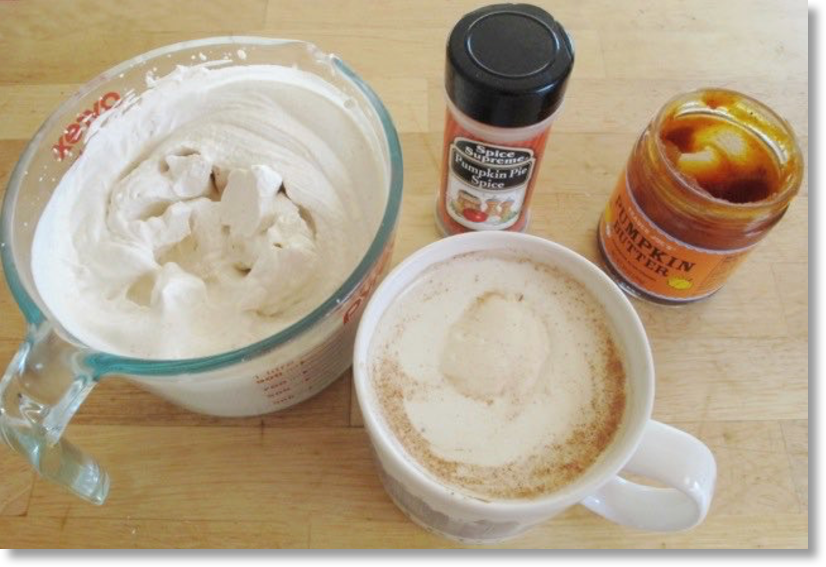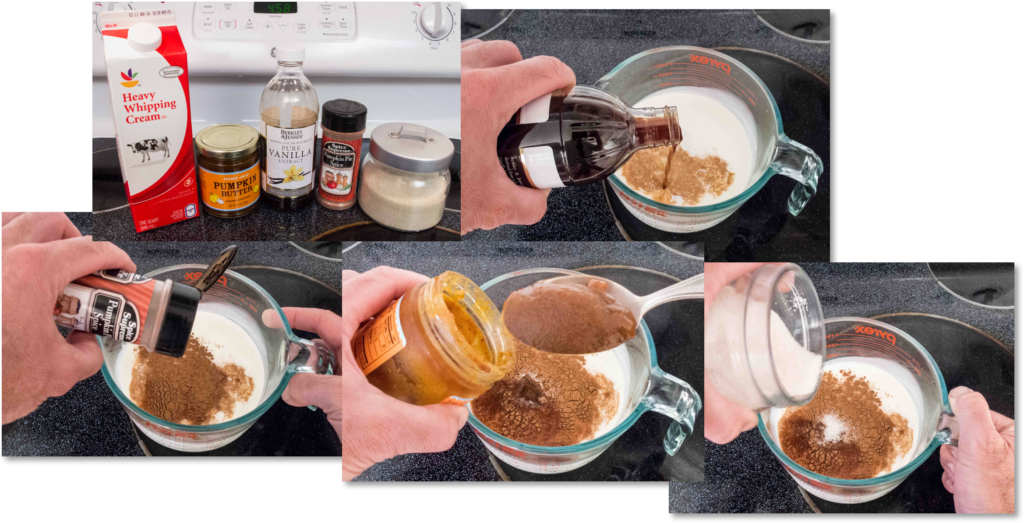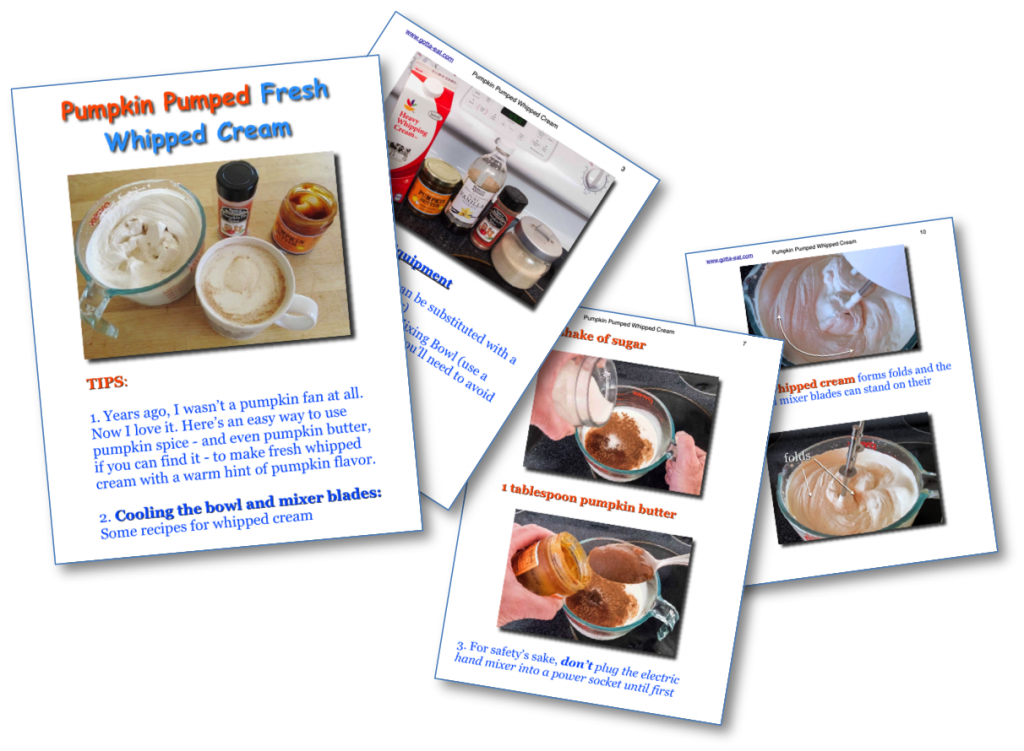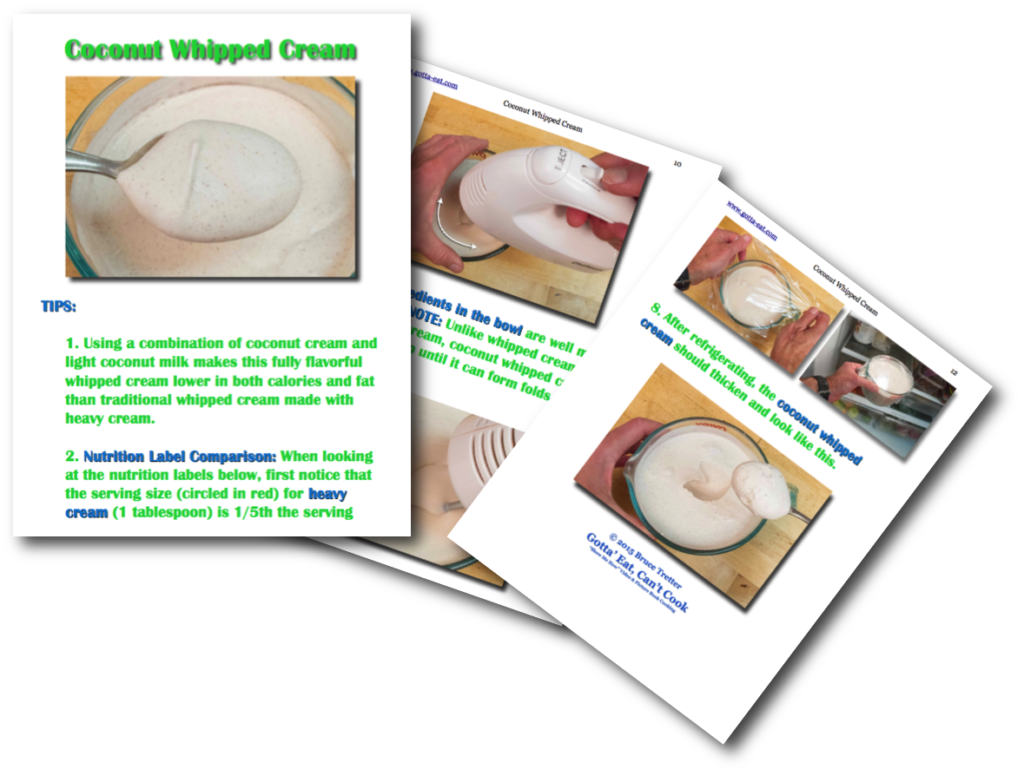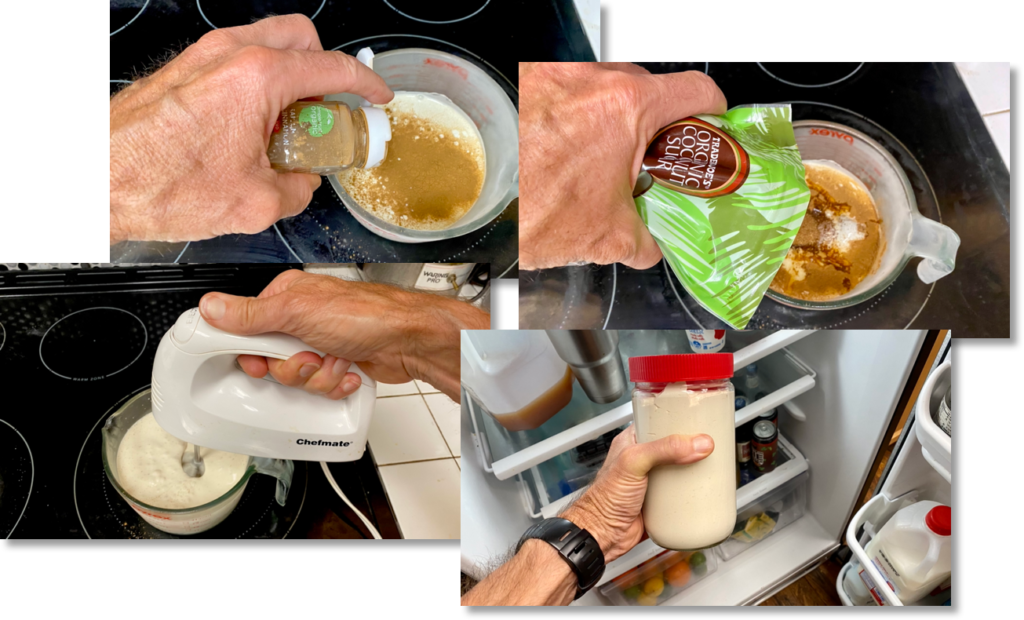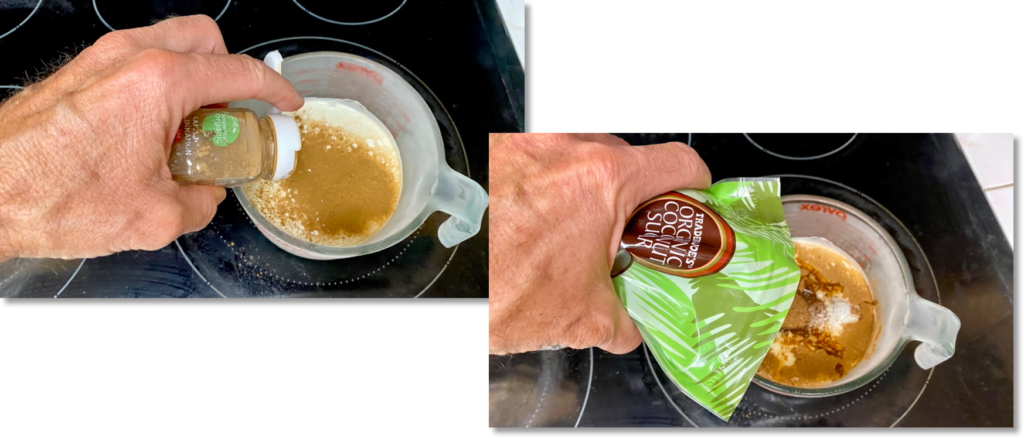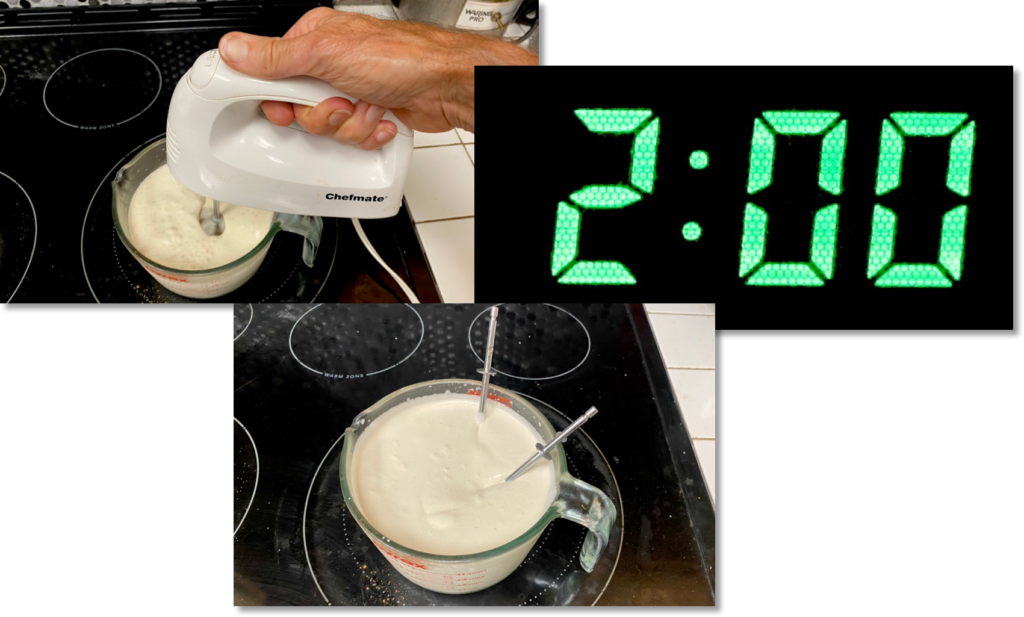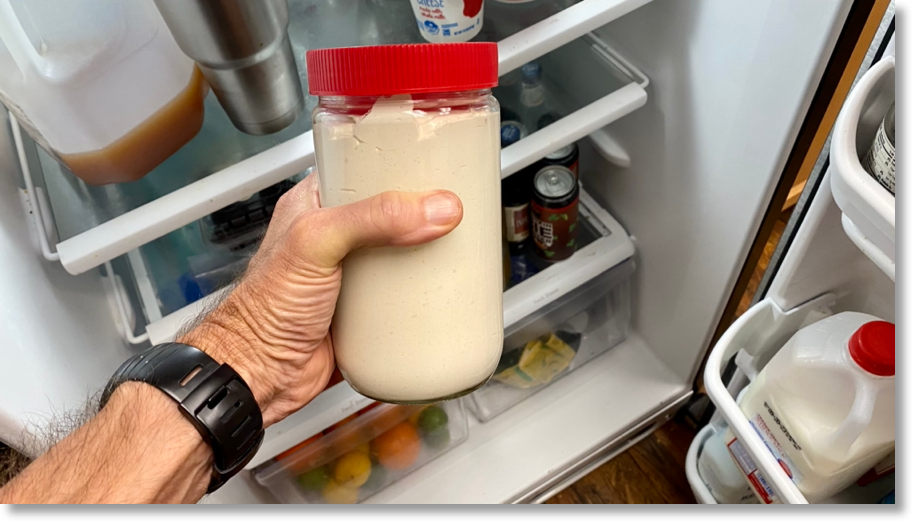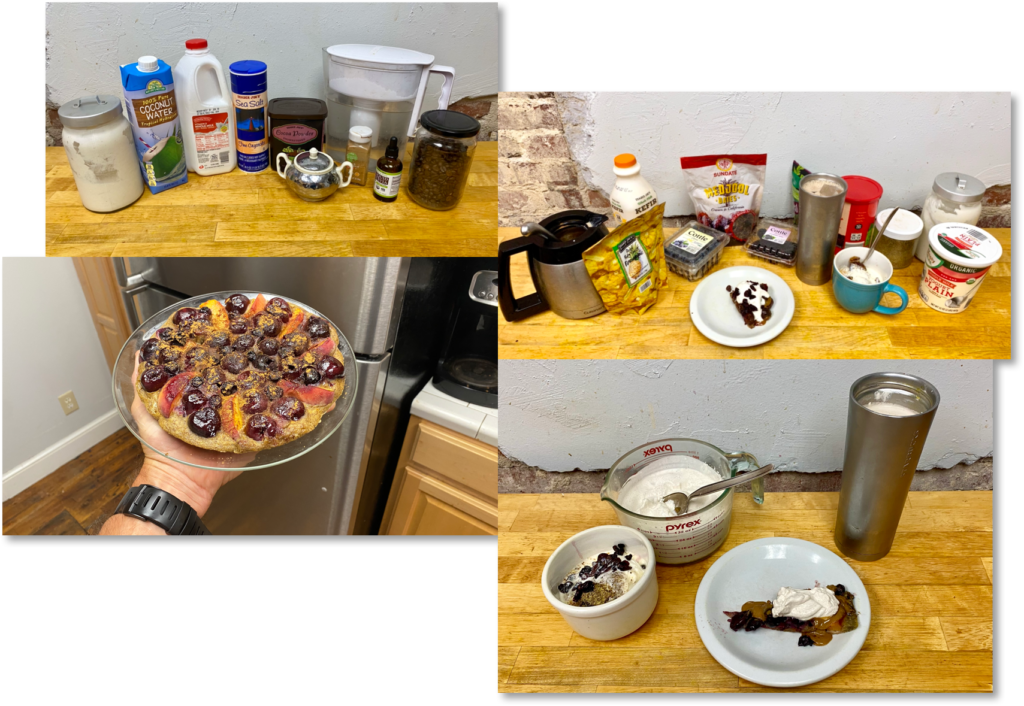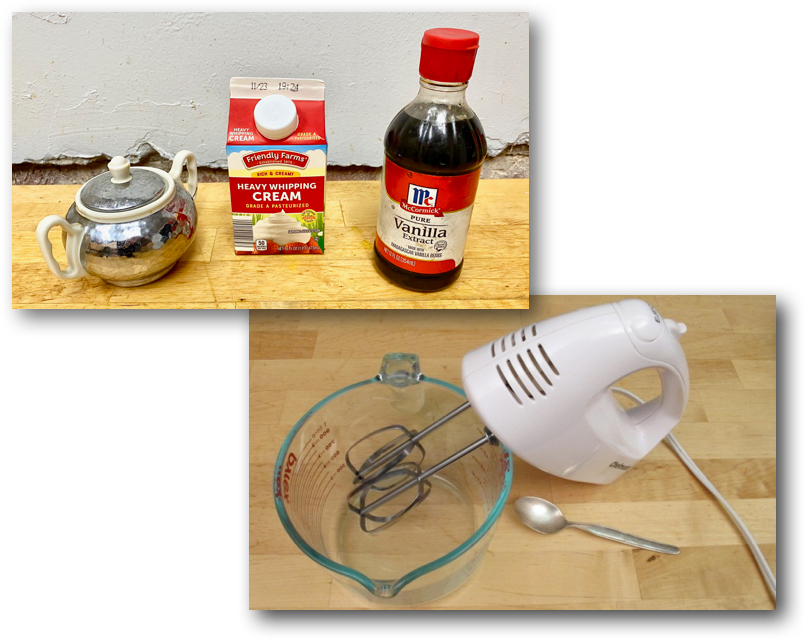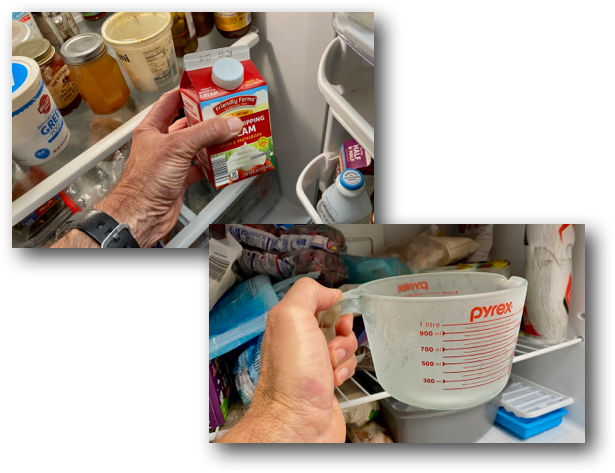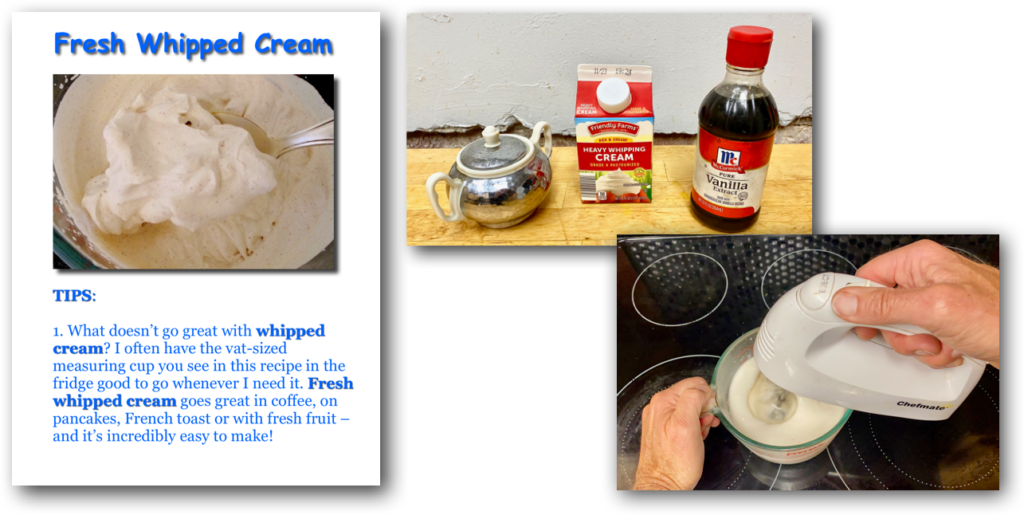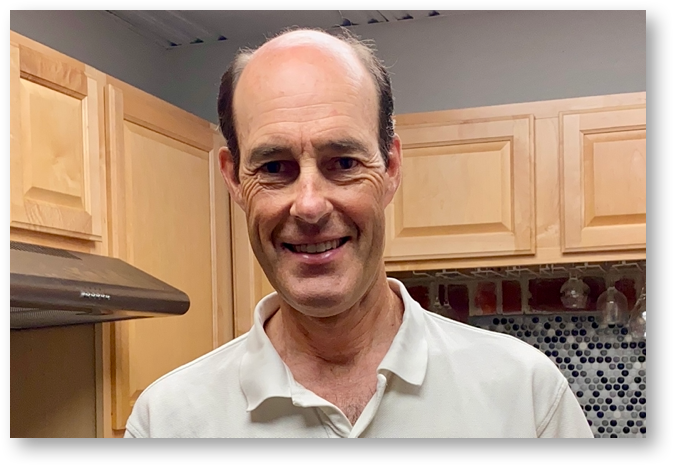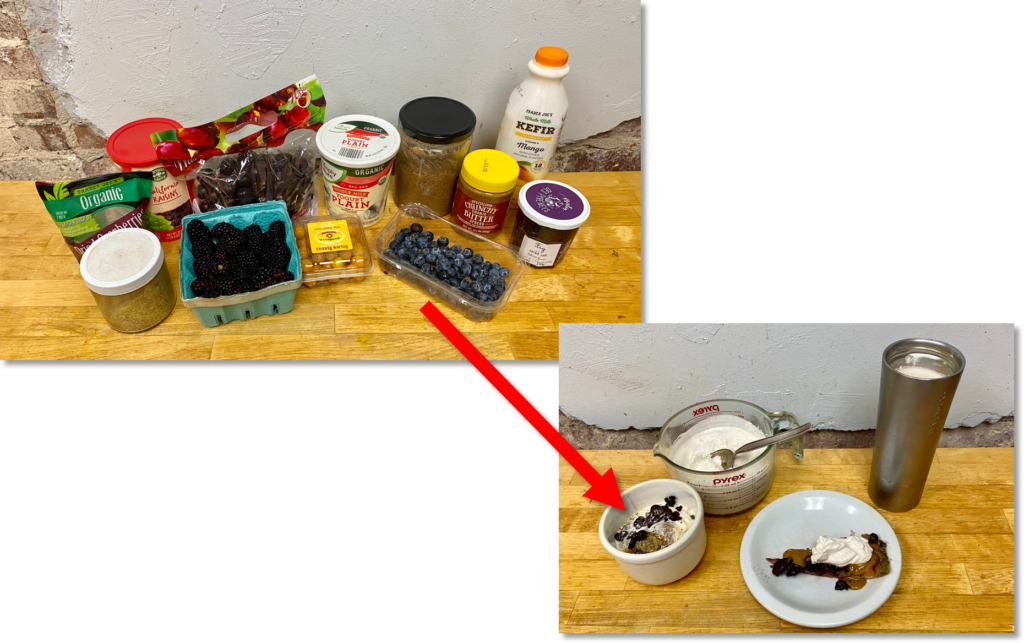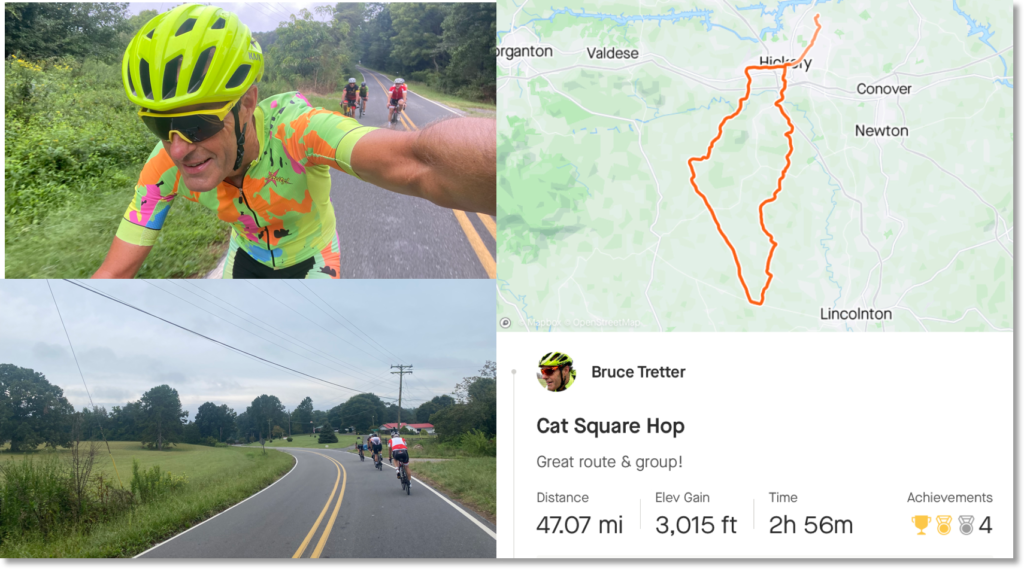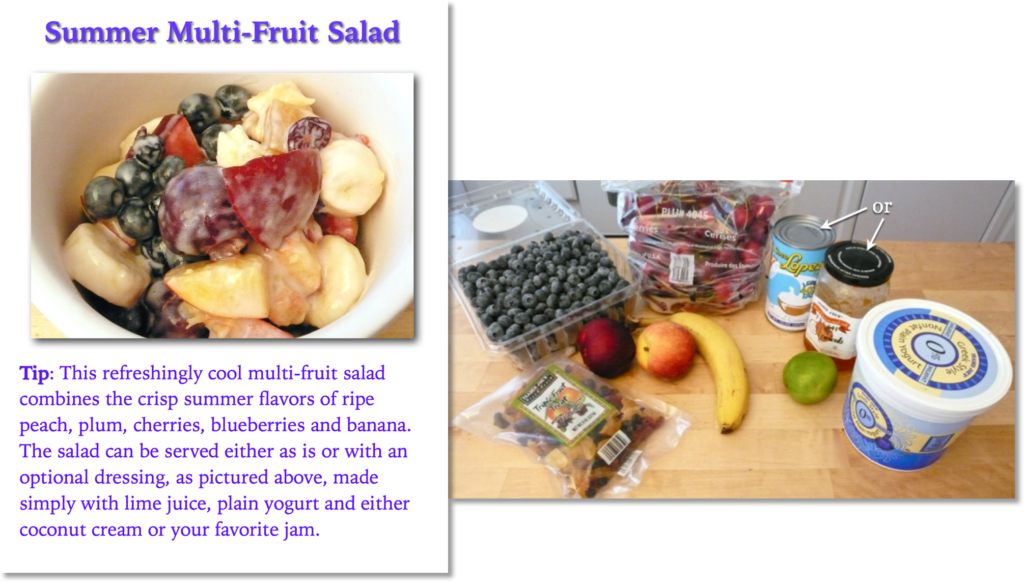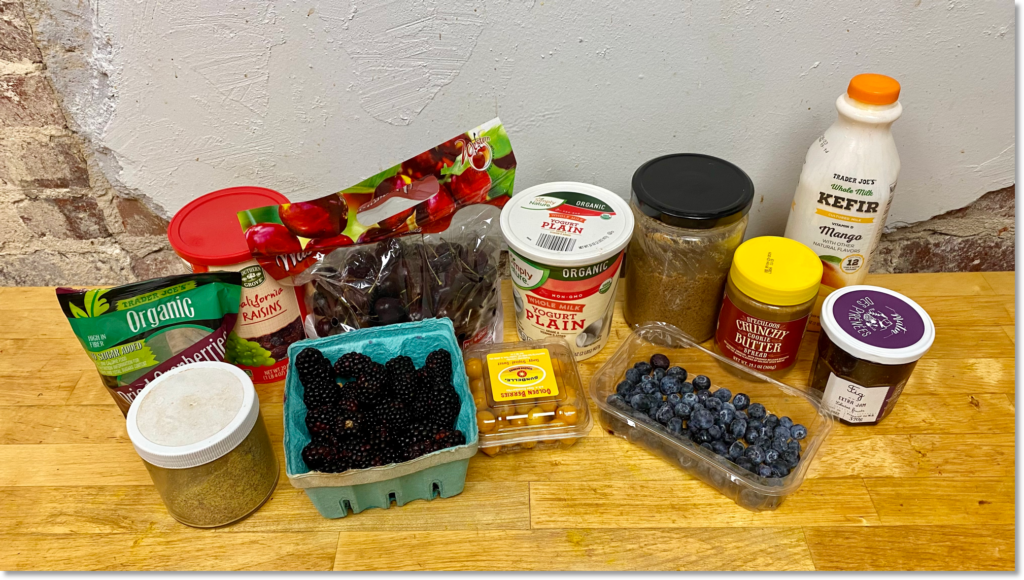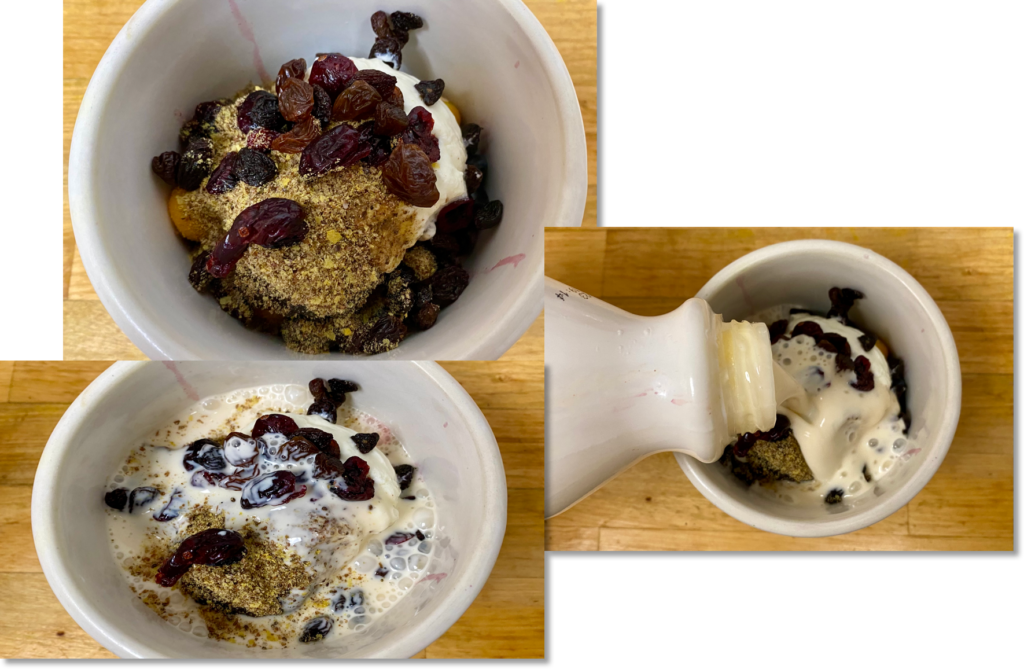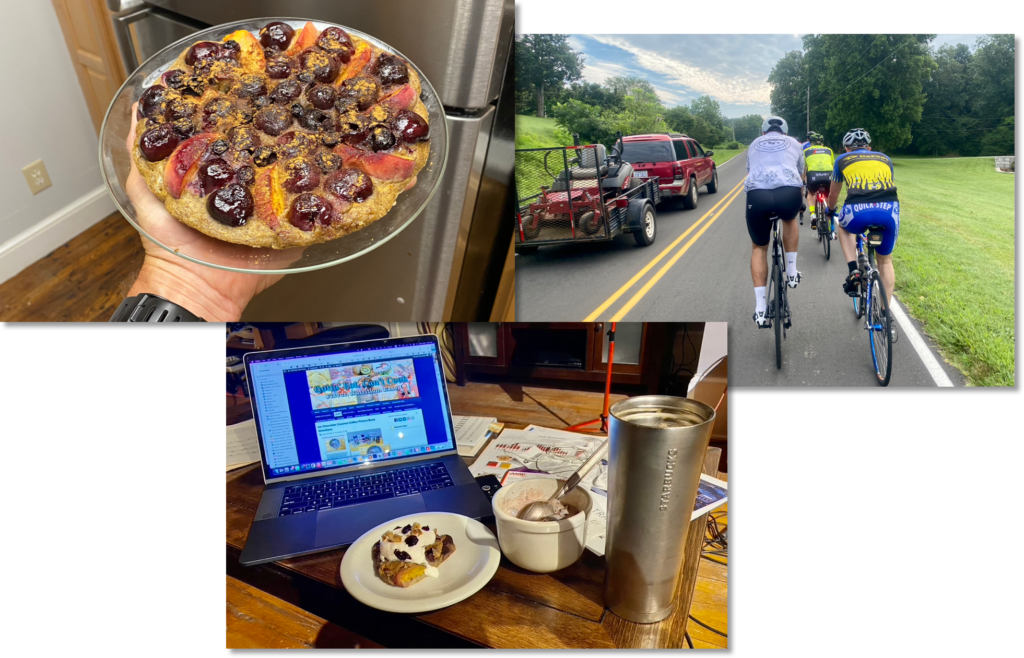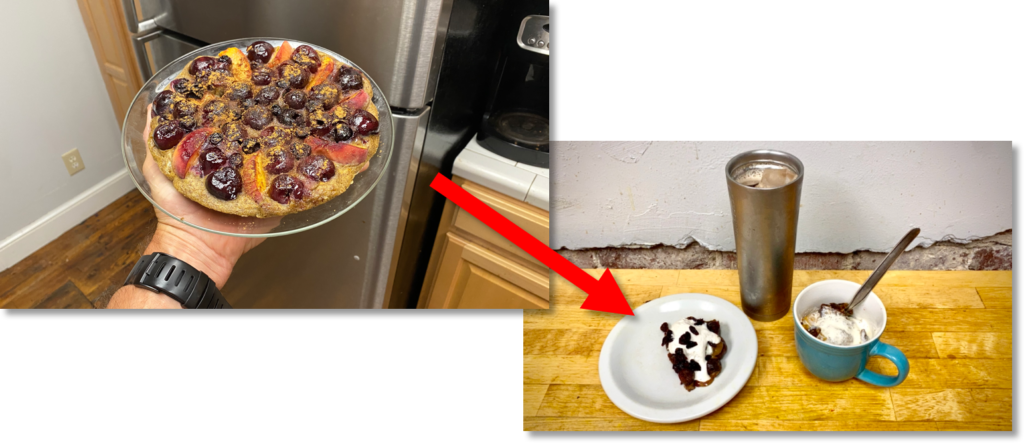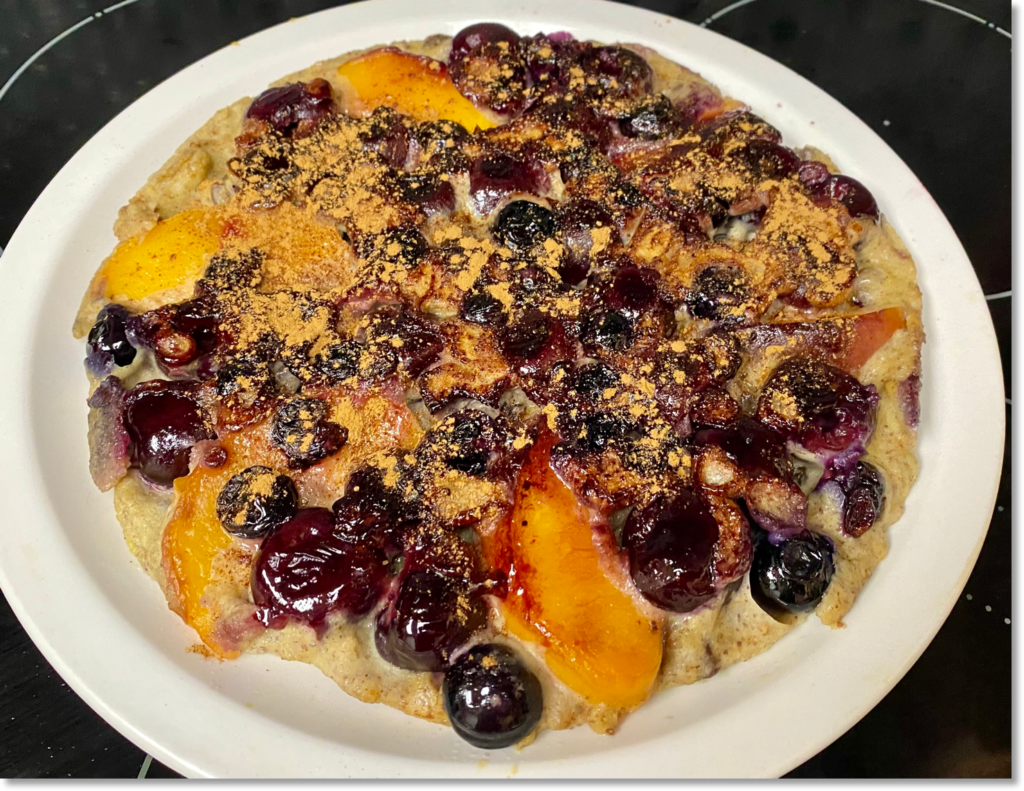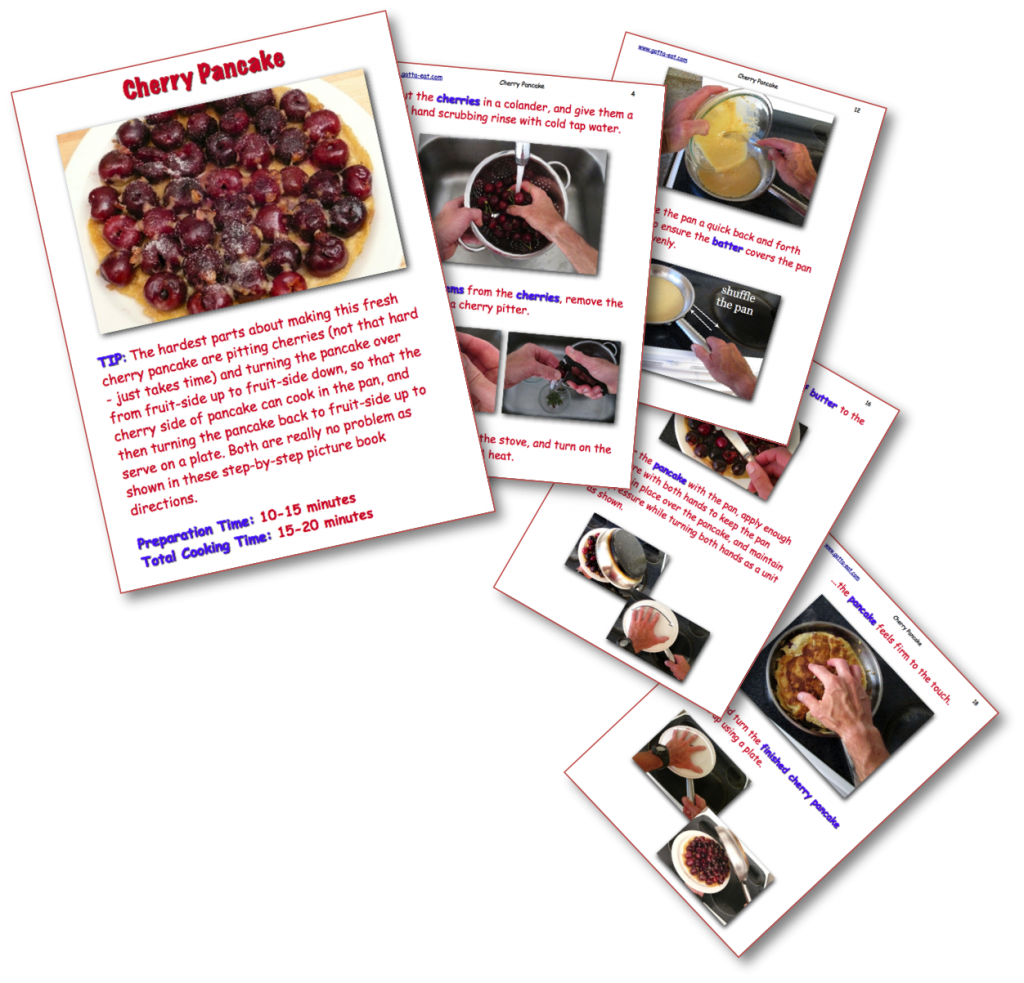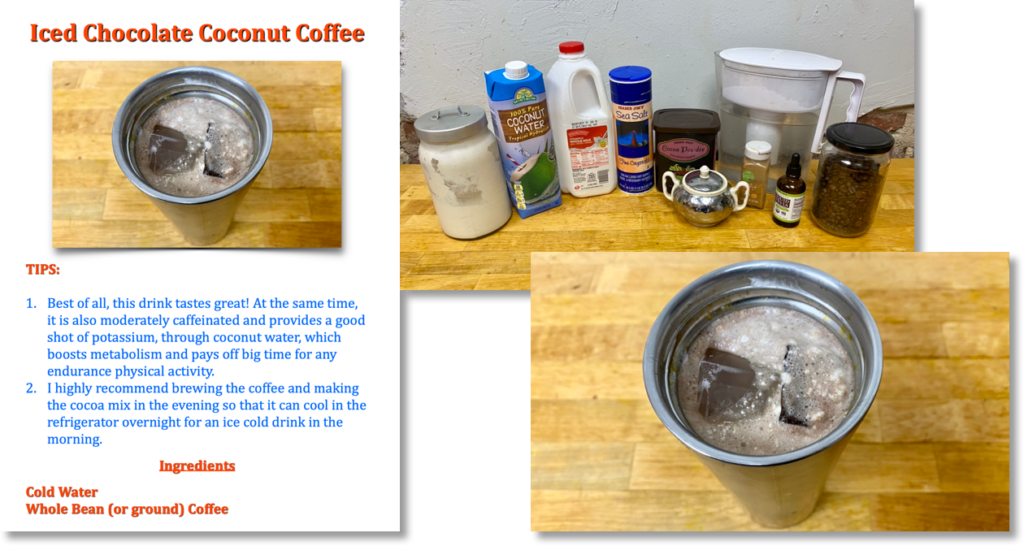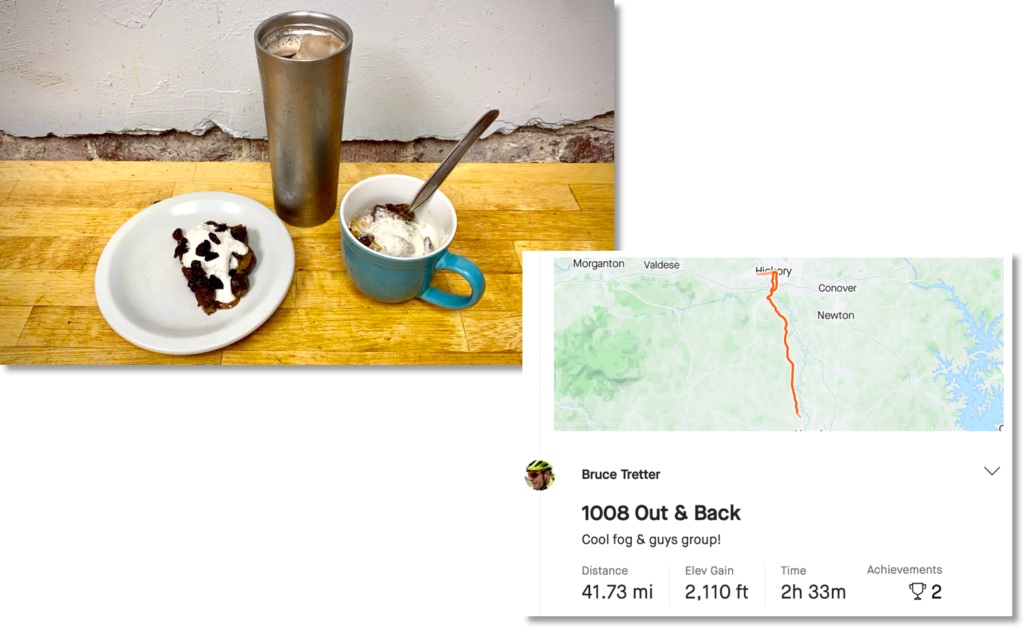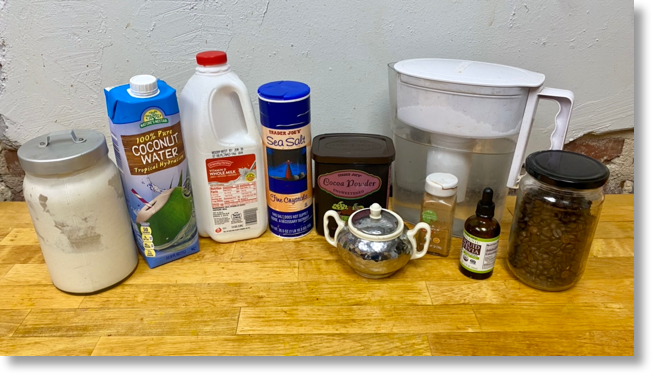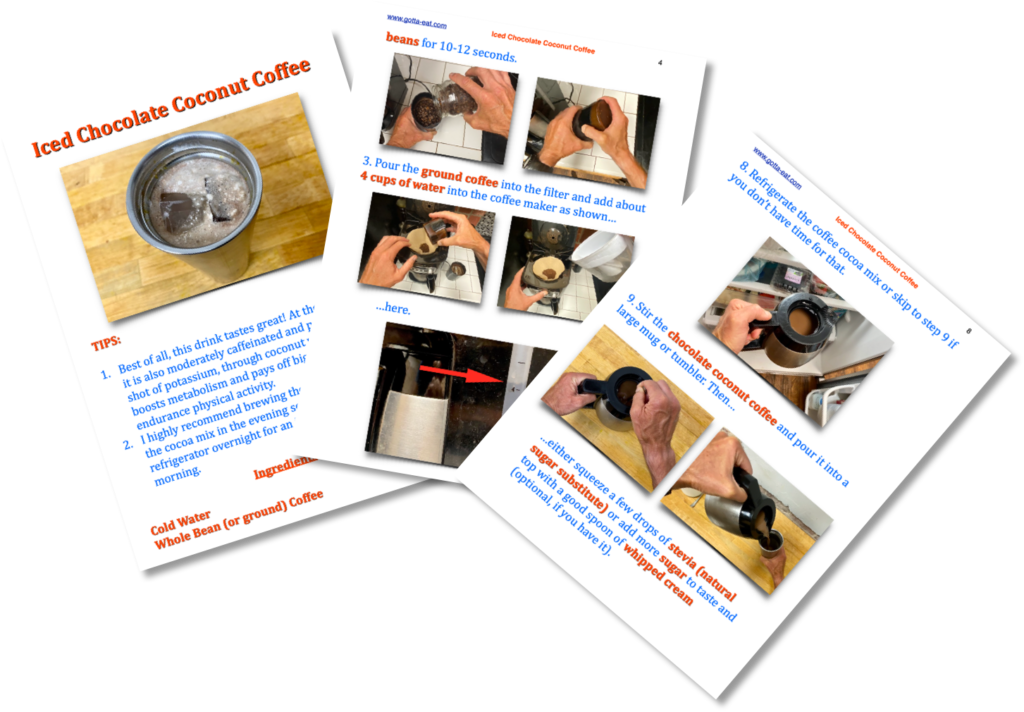Last post showed how to make a fully flavorful, exceptionally easy to make, highly versatile Instant 5-Ingredient Salad Dressing. I made that dressing most recently to start a “Gotta’ Eat Smartly” series of food demos with AARP at Eastway Recreation Center in Charlotte earlier this month. That series is designed to give senior citizens the hands-on kitchen skills and knowledge they need to empower themselves to make life-promoting/quality of life improving meals.
If you’re a regular to this site – or know me personally, you know flavor rules – always! Here’s an example. Sure, we could’ve used that Instant 5-Ingredient Salad dressing on a traditional lettuce and tomato salad, but where’s the flavor fun in that? So instead, I showed the group of a dozen very engaged women how to make a Pear and Avocado Salad – and then how to improvise on that very easy base recipe. First, here’s what you need to make the base recipe – and you’ll see that we replaced a store-bought salad dressing in the top picture with our Instant 5-Ingredient Salad Dressing.
I mentioned “improvising” above, and by improvising I mean adding or substituting ingredients based on either/both your taste and/or ingredients you have on hand – and remember, recipes are just guides. So, for example, I asked the women if they thought it would be ok to substitute or even supplement the pears with apples. Sure! And then I suggested adding adding flavors as they liked based on personal taste.
That last sentence fired up a lively discussion. “Can I add chicken or any other meat?” Yes! “What about fresh herbs?” Sure!
“What about adding potato salad?” Absolutely! And that potato salad question led to a talk about mayonnaise in potato salad and which mayonnaise brand I like. My comment: I don’t like using processed foods, like store-bought mayonnaise, with long paragraphs of ingredients, some of which are NOT found in nature. So, I improvise and substitute mayonnaise with Greek yogurt, mustard and spices.
“If you do that, then what about making homemade mayonnaise?” one of the women asked. “A friend of mine makes it all the time and says it’s easy.” Great idea! I’ve never made it before, but I’ll learn and we’ll make it together next time we’re together.
Next time is coming up fast: Thursday, February 8th – and I’ve already started practicing.
I first picked a top-rated homemade mayonnaise recipe from Inspired Taste. I then improvised a bit, as they suggested, and will need to do more of that. You know the flavor deal. I’m not rolling out my version until that flavor kicks it full-on.
In the meantime, back to the Pear and Avocado Salad featured here. Please click this link and pass it on for the easy to follow picture book recipe shown below. And remember: that recipe is just a guide. Play with it. Improvise. And, most of all, have fun!
More soon!

 January 29th, 2024
January 29th, 2024 

